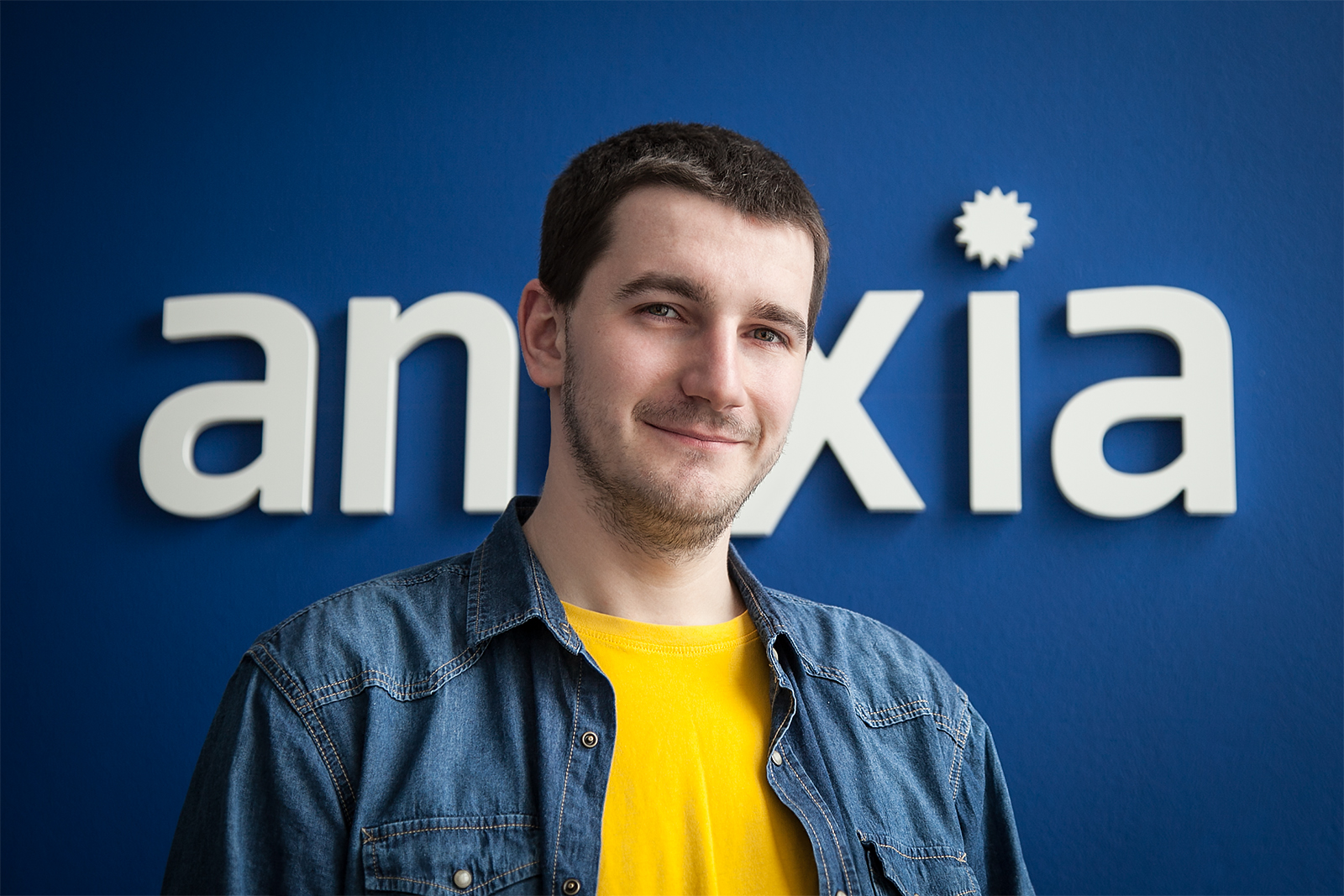Our Software Trends in 2020
This year we’ve asked our Anexia experts again for their forecast for the start of this decade: which software trends will be hot in 2020. Definitely, performant code and how it can be produced is a topic. Also, this question is important: how can projects be implemented fast and with low cost in the growing flood of software development jobs? But this are just two aspects that influence the software trends in 2020. We asked Sven Graziani, Harald Nezbeda and Admir Karadza what they see in the crystal ball.
Configuring versus Coding
Admir Karadza, Head of Platform Solutions
Low-code and no-code development are no new terms, but in our estimation, they will become significantly more important in 2020 and beyond.
As complex as programming is, there are – depending on the field of application – nevertheless many repeating elements or operations which build on each other and thus result in an automated sequence. Therefore, complex workflows could be implemented literally with just a few clicks.
In addition to the scope and integrity of the respective low/no-code development environment or solution, the main challenge here is performance. This is because no highly optimized program code is created for a specific purpose, but rather generic mechanisms are conditionally linked together, which must be considered and tested for many eventualities. However, this is counteracted on the one hand because hardware resources are constantly becoming more powerful and cheaper, and because of their scalability due to the trend towards cloud solutions in recent years. Since traditional programming is very time consuming, more and more such solutions – in an increasingly fast-moving market – will decide whether a company is ultimately competitive and can serve the market quickly enough.
We at Anexia also rely on this concept and are working on a solution specially optimized for cloud services that will be available on the market in 2020. For this purpose, we are currently developing two Anexia Engine modules, “Generic Services” and “Generic Automation” which are based on this concept.
Python will continue to grow in 2020
Harald Nezbeda, Technical Leder Python
Python is currently the 3rd most popular programming language in the TIOBE index and the fastest-growing major programming language according to the 2019 Stackoverflow survey. The language will continue to grow due to its usages in data science, machine learning and home automation. As the deployment process for web applications is getting simpler, it is also predictable that the popularity will increase in this area.
There will be two general approaches that will rise in popularity in 2020. Firstly, there is the platform as a service (PaaS) approach. This works perfectly for applications built with high-level frameworks (Django, TurboGears or Pyramid) that require a centralized repository, but also need to stay scalable.
FaaS (Function as a Service) is the other approach that will gain in popularity. It will be used to move tasks that generate heavy load and computing into an application away from the application server. These tasks are often asynchronous and can be executed by using a message queue.
Python web applications will move from WSGI to ASGI and will allow better support for web sockets and other asynchronous communications. Django 3.0 is marking a huge milestone in this direction and for the future LTS release.
Python infrastructure and application upgrades are expected to continue in 2020. All companies that missed the Python 2.7 deadline will definitely put their effort into becoming Python 3 compatible in the first quarter of 2020. Since September 2020 marks the end of life for Python 3.5 it is expected that several applications and infrastructure will be upgraded to Python 3.6 or newer.
Hybrid apps vs. native apps
Sven Graziani, Software Developer
Hybrid apps are a huge relief for developers. They only have to be developed once and can be rolled out on different platforms: iOS, Android or as web app. This is made possible by using an abstraction layer – called the hybrid part – which allows to change the areas beneath, the native part. Hybrid apps have the advantage of developing them only once. This reduces the size of the developer-team and allows a faster project work. The customer is saving money and time.
In the past, hybrid apps were often error-prone and sometimes not very user friendly due to a simple designed user interface. A lot has changed here in the recent year, that’s why we believe that this way of creating apps is getting big in 2020. New frameworks for example strongly improved the development of hybrid apps. They do most of the work regarding the graphical differences of iOS and Android. Thus, it is good to work with skillful developers who know the finesses of each platform and who write clean code: hybrid apps demand a slim source code since the abstraction layer is a certain barrier which can lead to latency. If on top the code is low performing, the whole construct is even lower performing.
If you are interested in more details on that topics, or if you are searching for a competent partner for your next software project, our experts are looking forward to hearing from you:


